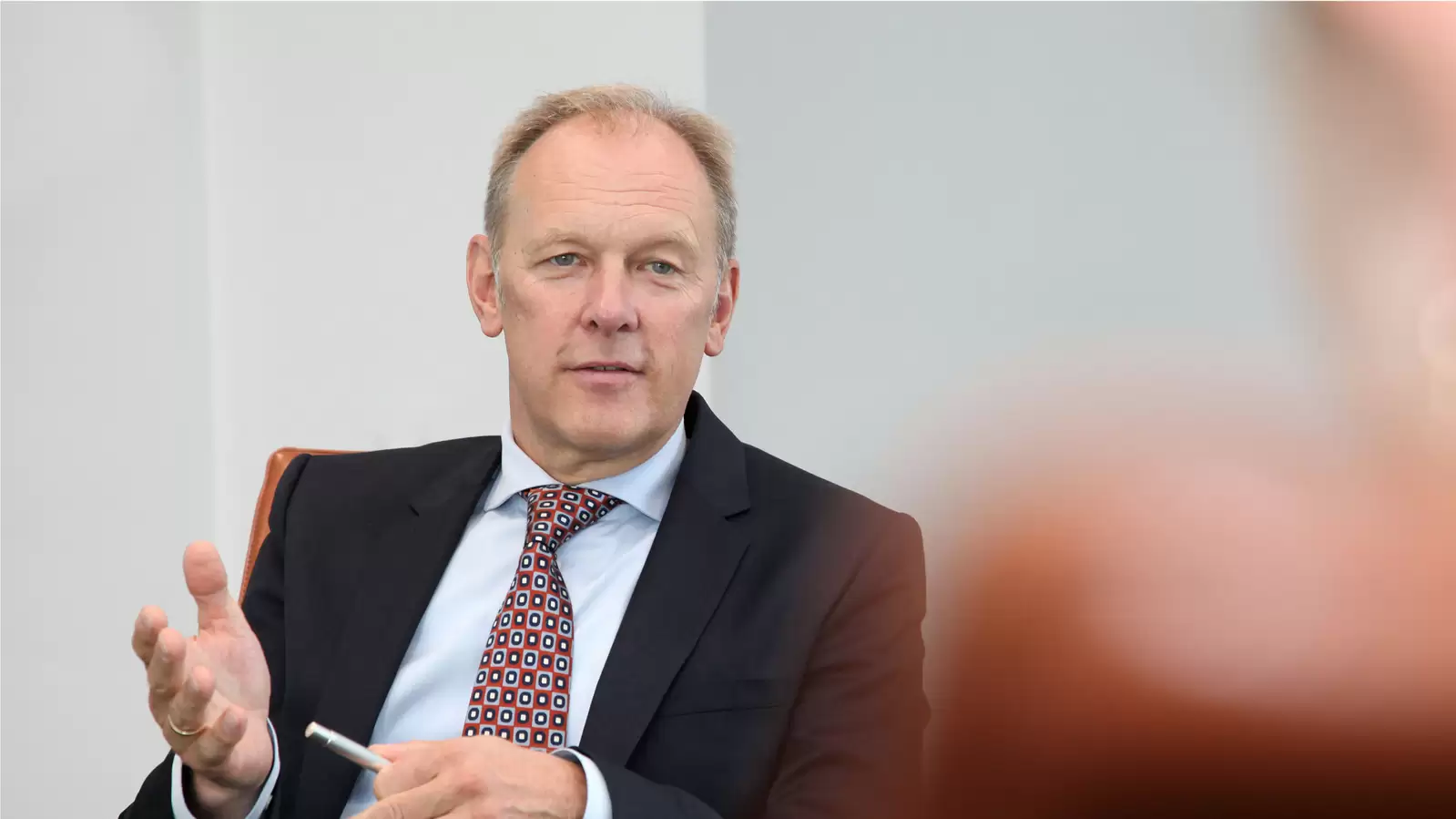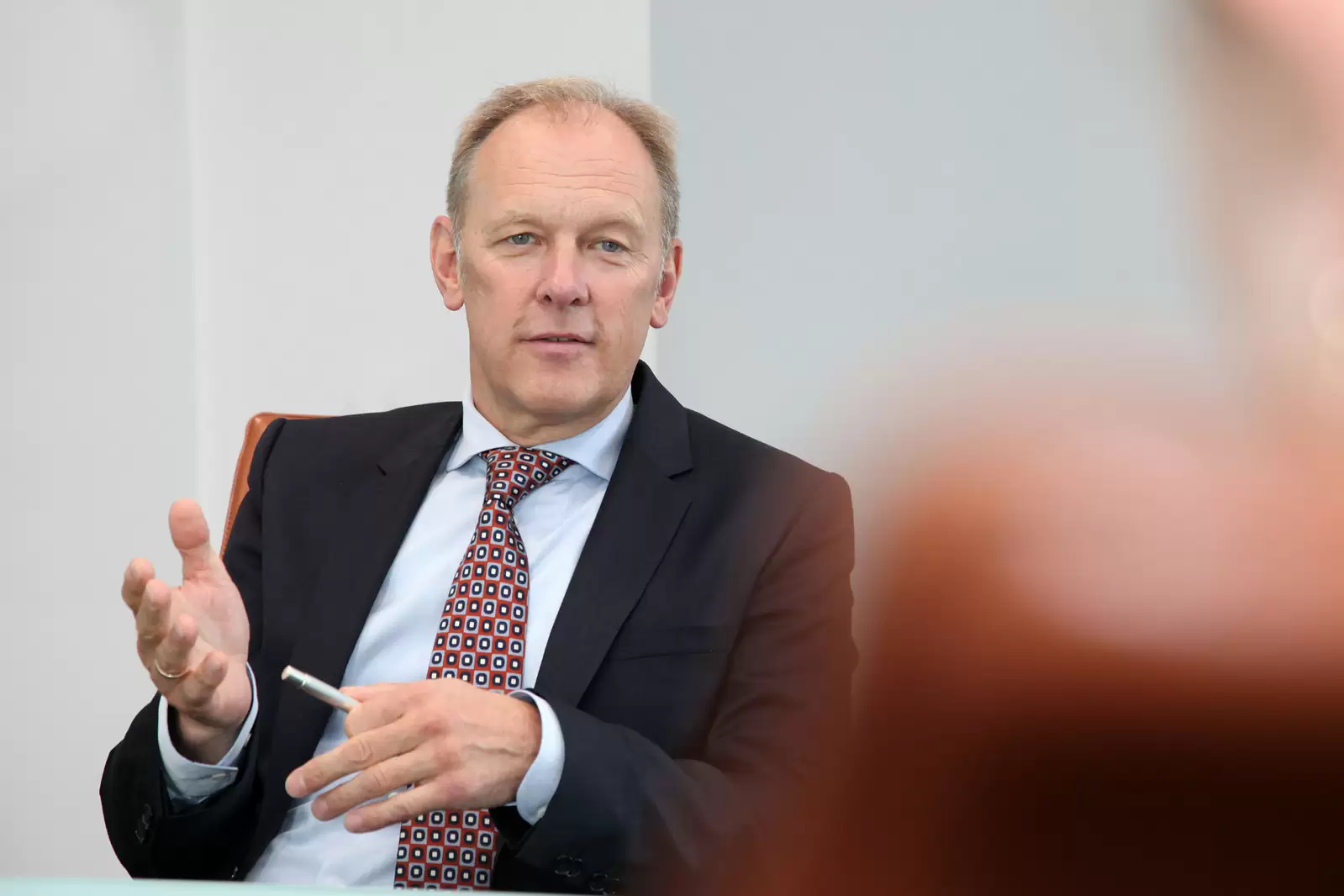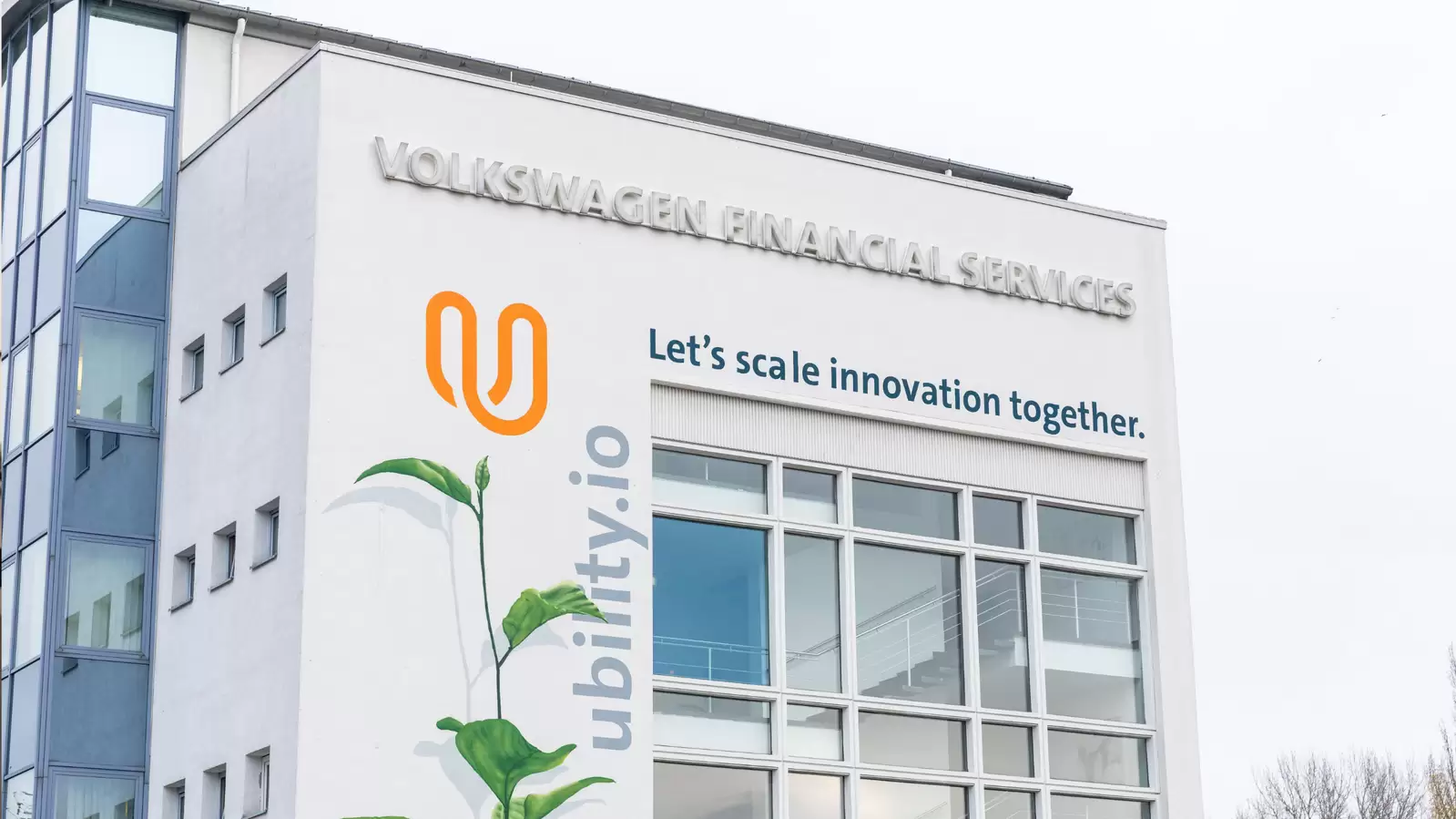"We give top priority to securing capital procurement and liquidity."
February 16, 2020
Under the ROUTE2025 strategy, the total number of contracts on the books of Volkswagen Financial Services is to reach 30 million by 2025. By the end of the third quarter of 2019, over 21.2 million of them had already been recorded, with total assets reaching EUR 219 billion. This progress shows that Volkswagen Financial Services are on a path of growth.
Corporate Communications talked to Frank Fiedler, the Chief Financial Officer of Volkswagen Financial Services AG, about how this growth is to be financed and the effect on the company's total assets.
Corporate Communications: Mr. Fiedler, before we come to the financial indications, can you please briefly outline how this growth to 30 million contracts is to be achieved over the next five years.
Fiedler: Our intention is to grow above all in used car financing and in the commercial vehicle fleet segment. We want to become the largest fleet provider worldwide. In addition, we plan to promote the sales of electric vehicles from the Volkswagen Group through special leasing packages, thereby increasing the proportion of vehicles sold by the Group brands that end up on our books. What is very important for us to achieve in the coming years, however, is to integrate new mobility services such as parking, refueling and charging more closely into our core business. This will strengthen our business model for the future. After all, these services involve a customer contact that enables us to remain in constant touch with our customers. That is right at the top of our agenda.
Corporate Communications: By implication, that means the financing will be provided through borrowed capital.
Fiedler: Yes, but that's also the usual practice in banking. We will continue to rely on our proven refinancing strategy.
Corporate Communications: And what exactly is this strategy?
Fiedler: We give top priority to securing capital procurement and liquidity. Our strategy is therefore based on refinancing that is at once local and modular – local in respect of currency areas and modular in terms of instruments. Local implementation in the respective currency area minimizes exchange rate risks and we know if we are competitive with our costs. The modularity, or rather diversification, with regard to the instruments is the second important factor in this strategy. The more refinancing sources are available, the more we can act independently of individual capital investors and the more secure our liquidity and capital resources are.
Volkswagen Financial Services rely primarily on four main sources of funding: deposits from the direct banking business, the money and capital markets, auto asset-backed securities (ABS) and refinancing via banks. This refinancing via banks plays a role in some markets as well as a result of the strong international growth over the past ten years and the reorganization of our corporate entities in 2017.
Corporate Communications: When refinancing needs increase in the future, what annual funding volume are we talking about?
Fiedler: For the entire Volkswagen Financial Services division across all companies and currencies, we calculate an annual refinancing requirement of around EUR 25 to 35 billion from the money and capital markets, which will be covered by various different instruments.
Corporate Communications: You have already grown considerably in the past with the refinancing instruments you mentioned. Ten years ago, only around EUR 10 billion per year were refinanced. Now the demand is increasing. Does the market even support this further growth?
Fiedler: It's true that we have expanded the volumes significantly in recent years. We have, for example, almost tripled the amount refinanced through ABS since 2008. This rise was made possible by increasing the rhythm and volume of issuance, and above all by opening up new markets. Over the past ten years, new ABS programs have been established in Australia, Brazil, China, Italy, Japan, the Netherlands, Sweden, Spain and Turkey.
To stay with the example of ABS: we are planning growth in different dimensions with ABS. With new asset classes, whereby shorter-term leasing contracts could also be securitized, for example. This enables another asset class to be refinanced at matching maturities, with additional investors and in new markets.
With regard to our capital market activities, we are examining whether to issue bonds with longer maturities as well in the future. However, since this would also take its toll on our earnings result, we are currently looking into where it makes sense to tap new markets or currencies for the original maturity periods.
Corporate Communications: Are other refinancing instruments also feasible, such as a borrower’s note loan?
Fiedler: We use that instrument from time to time as an opportunistic funding alternative. This demonstrates our flexibility towards investors and creates additional refinancing potential for us. We are also working on developing new sources of funding, such as covered bonds. However, our liquidity position is currently very good and reflects the liquidity situation on the capital markets.
Corporate Communications: In other words, you are also optimistic about meeting your targets for 2025 over the next five years from the Treasury standpoint?
Fiedler: Absolutely. Of course it will be a great challenge. We have to take up this challenge, as we have to in all the other fields of our strategy and business. Despite the task in hand, we are convinced that with our refinancing strategy, which has already proven to be robust, and with new forms of financing in new currencies we will continue to be a very good investment and will also convince investors that is the case.





